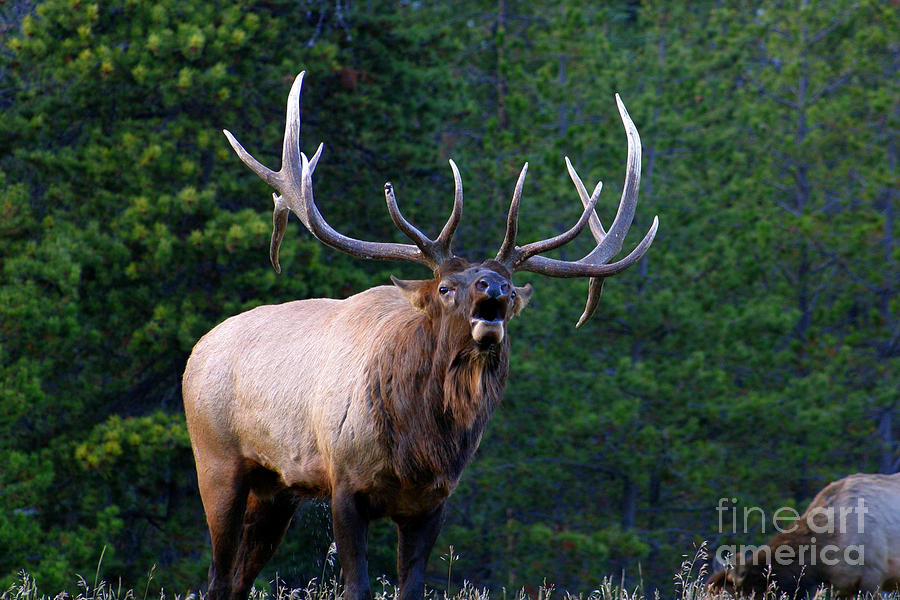

I first saw the bull in February 1979, when I stopped in Crested Butte to ask of its wherabouts. The elk finally ended up (back) in Crested Butte in 1971, and that’s where it is today. A deal was struck, and for the first time, the antlers left Crested Butte. Ed Rozman agreed to loan the antlers if the lodge promised to have them officially measured. The man looked at the giant antlers and asked if he could display them in the lodge. For the time being, the antlers continued to hang on the barroom wall.Īfterward, a member of the Hotchkiss Elks’ Lodge stopped in the saloon to borrow a roulette wheel for one of the lodge’s parties. They sent the form to the Boone & Crockett Club in New York, but as a matter of procedure, Boone & Crockett officers couldn’t accept the score and asked the Rozmans to have the rack officially measured.Įd Rozman learned that there were two official measurers in Denver, but at that time he wasn’t prepared to go to the expense of crating and shipping the rack. Working with no experience on a set of antlers that had enormous mass, the Rozmans gave it a score of 460. In 1955 Ed and his brother, Tony, measured the rack. Wheeler’s brother-in-law was associated with the Boone & Crockett Club, and it was Wheeler’s suggestion that Rozman have the elk scored. A friend, Joe Wheeler, sent Rozman the 1952 edition of the Boone & Crockett record book in June 1954. In 1953 Ed Rozman took over the bar, and he soon realized that the rack might be special. When John Rozich died in 1948, the Rozman brothers inherited the saloon along with the antlers, which up to that time amounted to nothing more than a conversation piece. Mary Sedmak said that she remembered seeing the antlers on the barroom wall when she was very young, which indicates that the antlers were given to Rozich several years before 1915. Rozman told me that he carefully checked the bar’s ledgers after he inherited the saloon from Rozich, his stepfather, and could find no record of the transaction. (Rozman showed me a pitted spot on an antler that could have resulted from the rack lying on the dirt floor of the garage.) As the story continues, in 1915 Plute gave the rack to bar owner John Rozich in payment of a bar bill. A popular account is that after Plute killed the elk, he stored the rack in John Heuchemer’s garage.

The precise history of the famous antlers is largely conjecture. He was no doubt looking for meat on the day he met up with the giant bull in Dark Canyon, which is twelve miles west of Crested Butte. Plute lived alone in a boarding house, and it is said that he occasionally traded an elk quarter or two to pay for his room and board. Much of the background information about the elk was theory, with various versions told and retold by writers and local residents who had no firsthand knowledge of it. It was just a big bull, nothing special - until the measurement of its antlers some sixty years after Plute killed it. There was no Boone & Crockett Club in the early 1900s and therefore no standards by which to judge the elk. Unfortunately, no one attempted to document the details of the hunt back when Plute was alive. More than half a century later, decades after Plute’s death, the elk was officially declared the world record by the Boone & Crockett Club, scoring 442 3/8″. He hunted only for meat, but he wanted others to see this elk. It was so big, in fact, that Plute was determined to pack the antlers out, something he had never done before. Plute was an expert woodsman and skilled hunter with many elk to his credit, but this bull in Colorado’s Dark Canyon was enormous. His shot was good, and he must have been overwhelmed at the size of the bull elk that lay dead from his bullet. It was sometime around 1899 when John Plute looked down the iron sights of his. Below are excerpts about the Plute Bull taken from “Greatest Elk – The Complete Historical and Illustrated Record of North America’s Biggest Elk” composed by Roger Selner, our record-book expert. Former World Record Typical Plute Bull Elk Antlers Sold at Auction for $121,000


 0 kommentar(er)
0 kommentar(er)
